Creating New Zealand: Transformations in the Early Years of the Colony
Article for senior couple and mature solo travellers interested in educational small group tours of New Zealand. Explore and learn about Auckland, Wellington, touring the art deco city Napier or discovering wine or Fiordland.
26 Aug 21 · 12 mins read
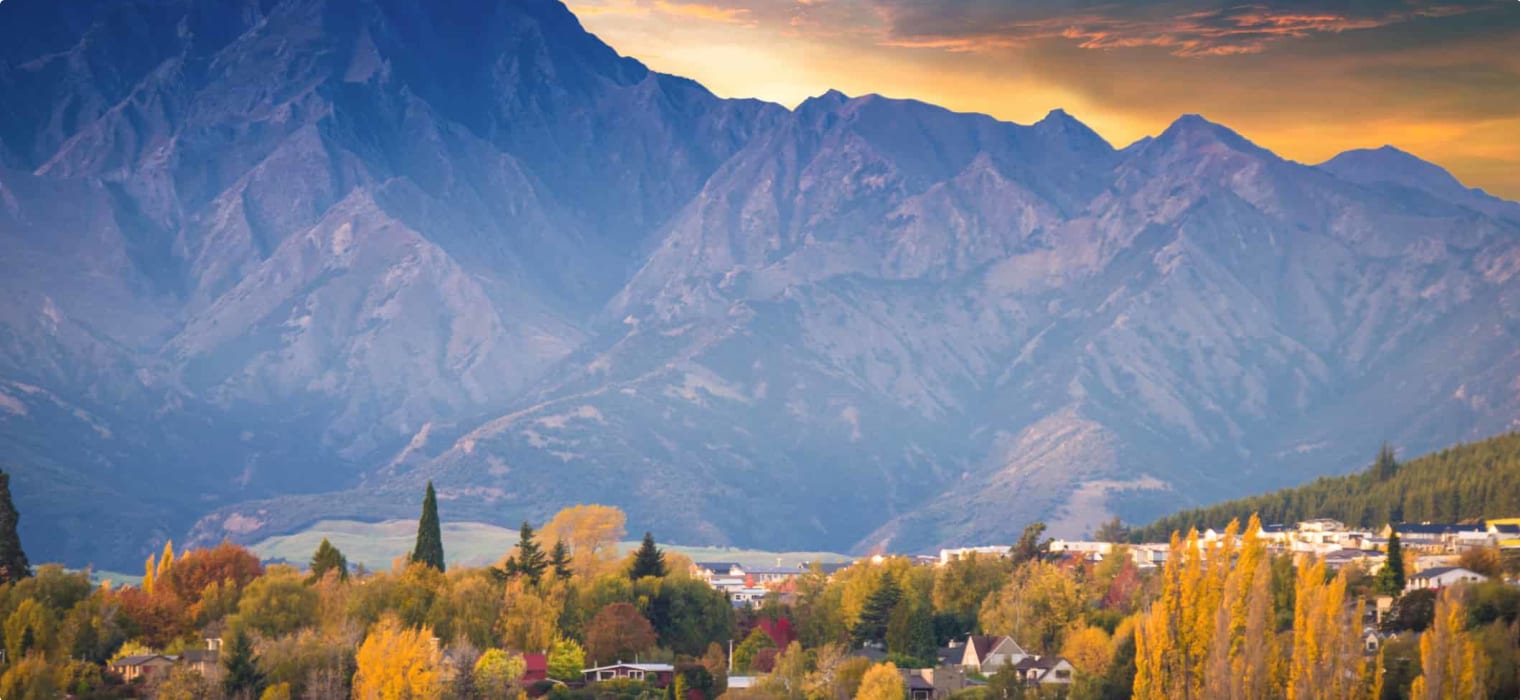
Transformations of the Colony of New Zealand
By Marco Stojanovik
British colonists proclaimed sovereignty over New Zealand in May 1840, initially as part of the Colony of New South Wales before its establishment as a Crown colony the following year. The claim to British Sovereignty was based on Captain James Cook’s 1769 “first discovery” in the South Island and on the February 1840 Treaty of Waitangi in the North Island.
This treaty to some extent regularized the relationship between Māori and the British as the Māori ceded sovereignty in return for the rights, privileges, and protection of being a British subject. However, the treaty was subject to various interpretations, with the Maori translation referring to governance rather than sovereignty, a point which has remained a subject of much controversy and political debate.
By and large though, the wave of immigrants that arrived from England in the 1840s were safe. They came wishing to build a rural and largely self-sufficient society, setting up colonies such as Wellington and Christchurch. Although there was some rebellion, most Māori who had an opinion on the issue consented to the new settlements being where they were, on small sections of the country’s coastal fringe, not considering them to be a restriction on the their way of life.
Over the coming decades, however, the colonists would transform the country in ways that the Māori could never have foreseen. Expanded exploration and settlement created conflict over land and led to intermittent warfare between Maori and European settlers (known as Pakeha) in the North Island, especially in the 1860s. The South Island on the other hand, with its low Māori population, remained generally peaceful, growing increasingly prosperous due to agricultural exports and gold discoveries. Economic growth in turn greatly influenced the political and social organization of the community.
This article explores these transformations of New Zealand in the 19th century. Much of the information from this article is drawn from Michael King’s The Penguin History of New Zealand, as well as sources linked to throughout the article. It is intended as background reading for Odyssey Traveller’s tour of New Zealand’s South Island, which focuses on the history of the initial period of European settlement of New Zealand on the South Island and their co-existence with the Māori people.
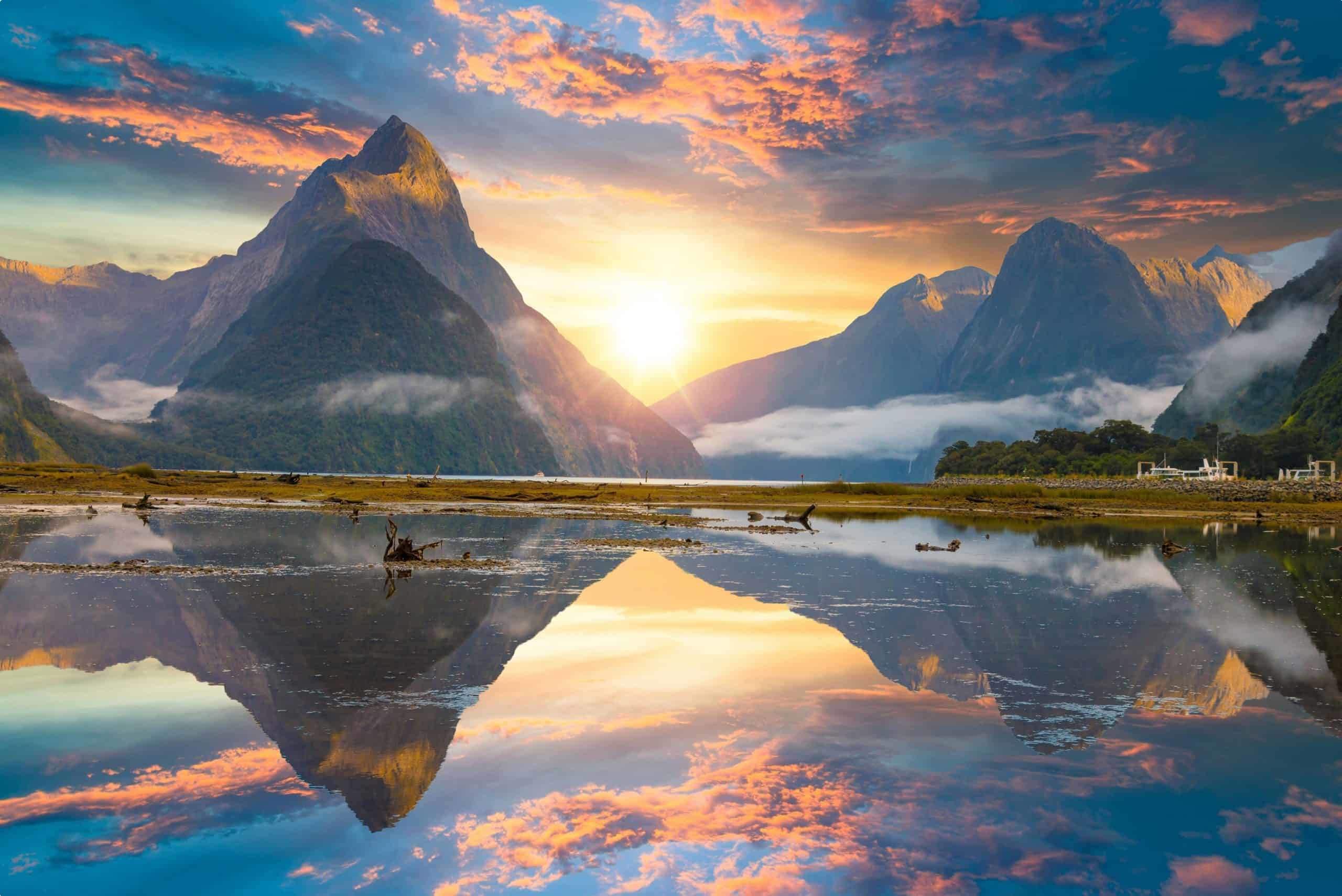
Exploration of New Zealand
A fundamental way in in which the British appropriated the country was through the exploration and surveying of land. This appropriation was symbolic in some regions and actual in others, where ownership of specific places changed hands.
Most of the coastline was surveyed by the naval vessels Acheron and Pandora between 1848 and 1855, with particular attention paid to actual or potential ports. Major expeditions on land were undertaken by such figures as William Colenso (interior of the Nth Island, 1841-42), Edward Shortland (Otago to Banks Peninsula, 1844), Thomas Brunner and Charles Heaphy (West Coast of the South Island, 1843-47), Nathanael Chalmers (Central Otago, 1853), Ferdinand Hochstetter (geographical surveys in the Auckland province and Nelson region, 1859).
Although the Māori had no written language and made no maps, it is abundantly clear that most of the country was already well known to them. As such, the great majority of European explorers depended on them for success and survival. All regions, except the great peaks and glaciers of the Southern Alps, were explored with the assistance of Māori advice or use of Māori guides.
Driving these journeys was the need for the topographical features to be mapped so that the authorities could know which regions were suitable for settlement, farming, and forestry or mineral exploitation. Especially after 1840, the impetus for exploration was to find land for settlers as steadily expanding settlements placed pressure upon resources.
Then, as settlements became more established, explorers increasingly turned to hinterlands to identify routes for the transportation of goods. During the 1850s and 1860s, they searched for passes through the mountains of the Southern Alps to connect the east and west coast of the South Island. Several were eventually found, with Arthur’s Pass becoming the main one.
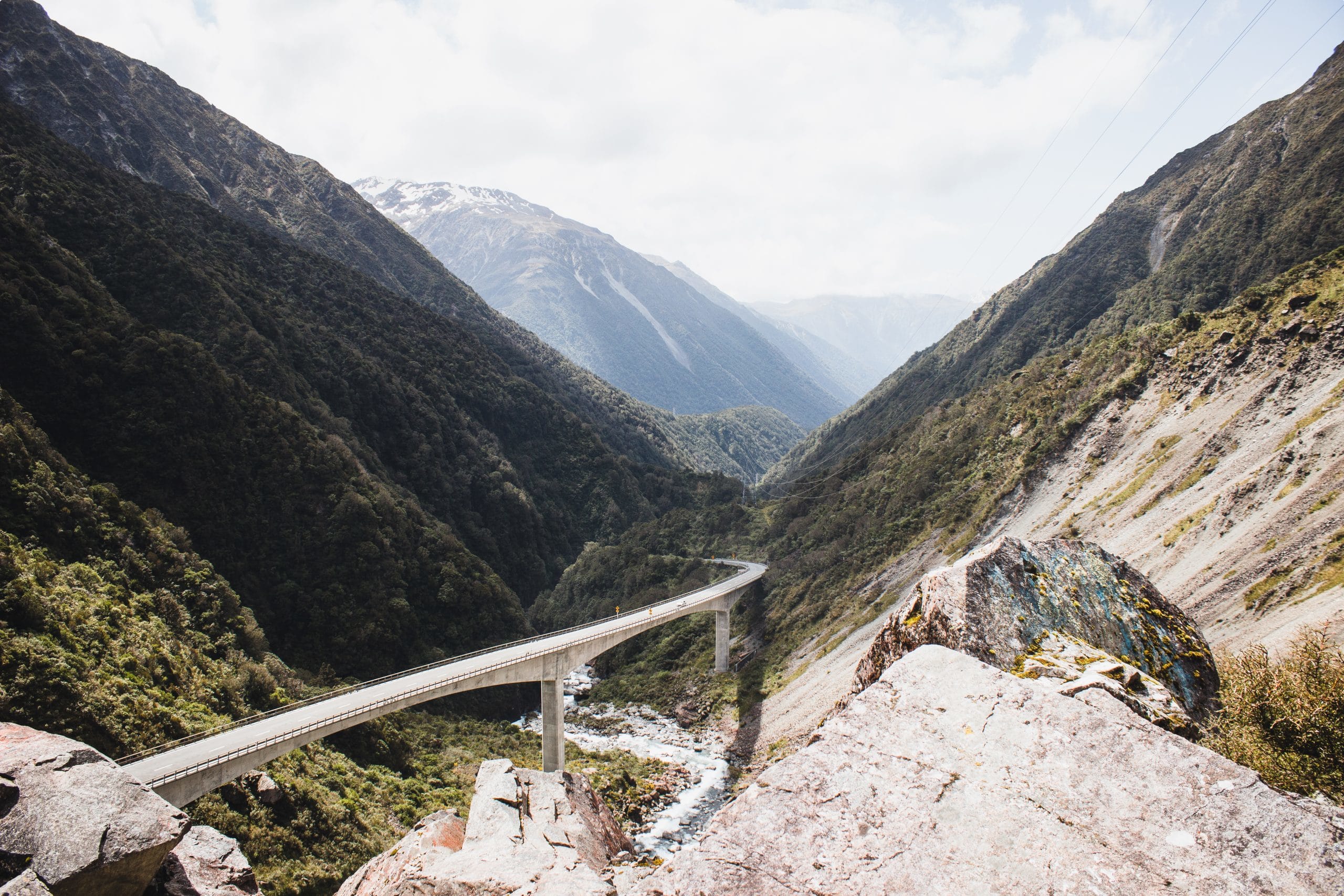
The search for suitable land for sheep-runs was another primary factor for exploration, particularly in the South Island, with large scale sheep station operating by the 1840s. Following this, in the 1860s, Gold motivated much of the surveying and exploration with Prospector-explorers such as Patrick Caples and Alphone Barrintong making extensive journeys into the back country.
By the mid-1860s, the bulk of the country was ‘known’ to Europeans and had been traversed by them. Only a handful of remaining blank spaces were left on maps, only the least accessible peaks and saddles and valleys on either side of the Southern Alps. In the later decades of the 19th century, individual surveyors and adventurous would too map these areas in the name of pure science.
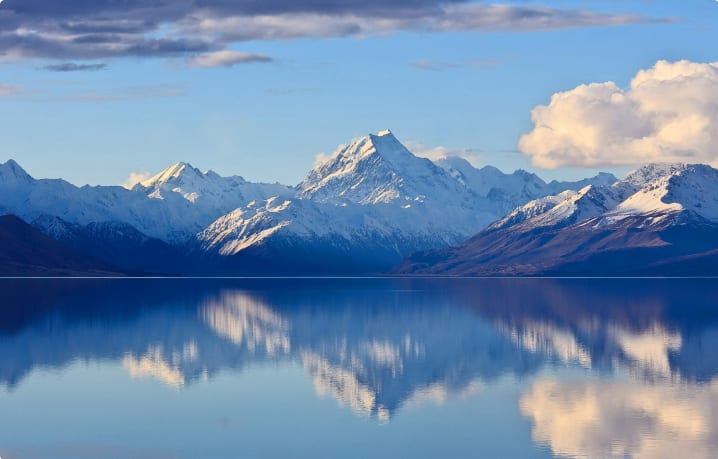
A Wool Economy
As the wars stalled economic growth in the North Island, the South Island became the backbone of the country’s economy. Pastoral farming played a major role, expanding rapidly on the island’s extensive tussock grasslands. In the country’s early years sheep were by far the most favoured animal for farming as wool was easily transported and exported, meat and dairy could not yet be refrigerated, and eight to ten sheep could eat the same amount of grass as one cow.
Sheep had been introduced from the 1930s, with the first large commercial flocks established in the Wairarapa, a rural extension of the Wellington settlement soon after. Before long sheep farming was spreading up and down the east coast of New Zealand from Southland to the East Cape. And by the 1940s, large scale sheep stations were exporting large quantities of wool to overseas markets, especially in high demand in the textile mills of Yorkshire, England.
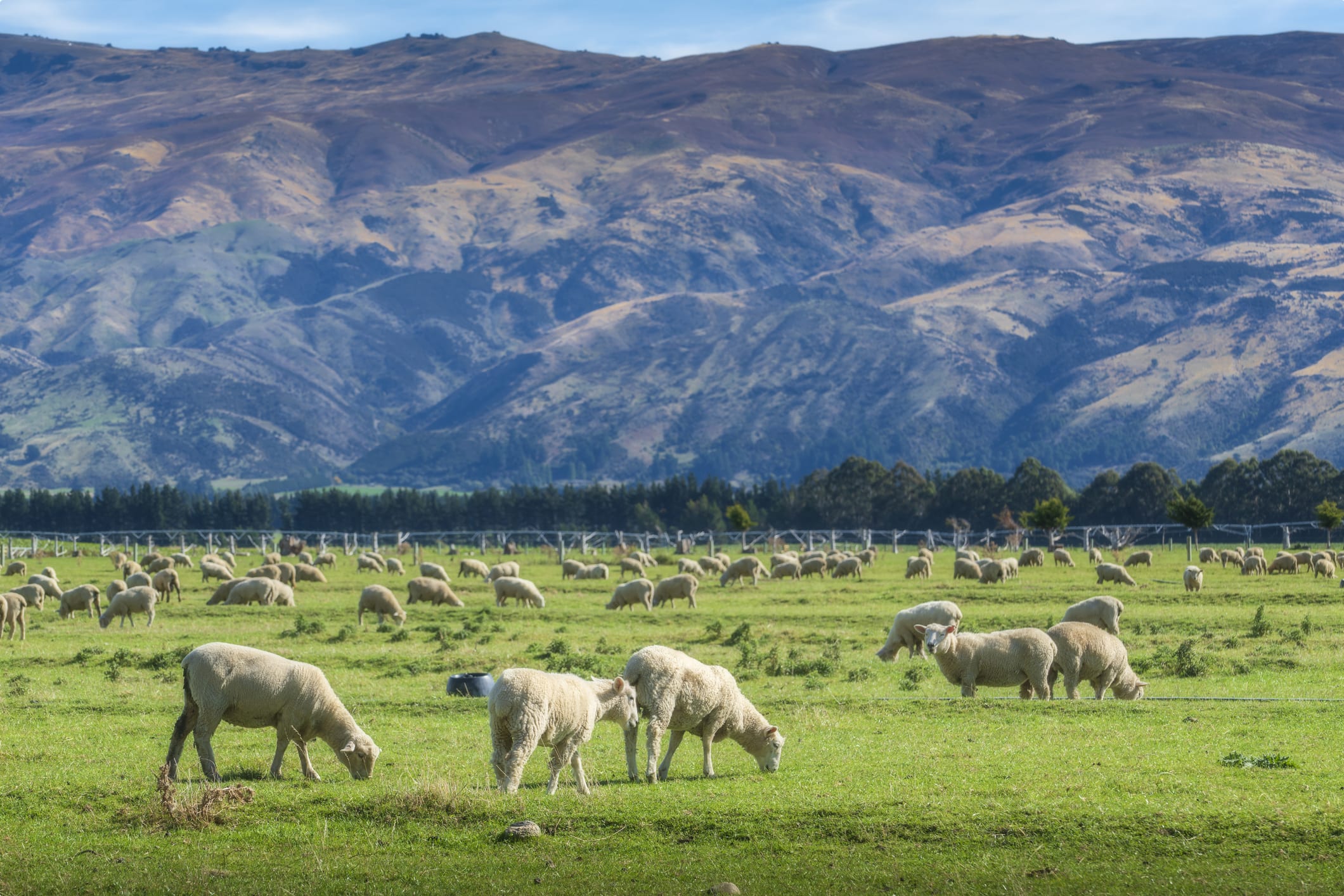
Government incentives in the 1850s further drew pioneer pastoralists to New Zealand to come and make their fortune. All a run-holder had to do was find a good spread of vacant land, roughly mark its boundaries (to the nearest few hundred hectares) and charge off to make it theirs. They had to promise to stock the land with a certain proportion of sheep within nine months and then the government would lease it to them in perpetuity for incredibly low prices. A land rush resulted in areas of the South Island as runholders or squatters soon claimed plains, valleys, foothills, and even the most accessible mountains.
This decade saw wool quickly become the country’s main export, accounting for more than a third of the exports by value for several decades afterwards, regions such as Canterbury and Otago growing extremely prosperous from it.
Sheep numbers grew quickly from importing and breeding. In 1858, 1.5 million sheep roamed the country at a time when the human population was just over 115,000. By, 1878, they had risen to 13.1 million and in 1982 the population peaked at just over 70 million.
With an economy based on agriculture, much of the forest that originally covered New Zealand had to be cleared for grasslands, changing the appearance of large tracts of New Zealand .Michael King explains this as part of settlers “practising intense colonisation of the flora and fauna”. As settlement expanded, land was cleared for towns and agriculture, but thousands of new plants and animals species were also introduced to the country “creating a ‘neo-Europe’ – a world which looked and felt more like the one from whence they had come”.
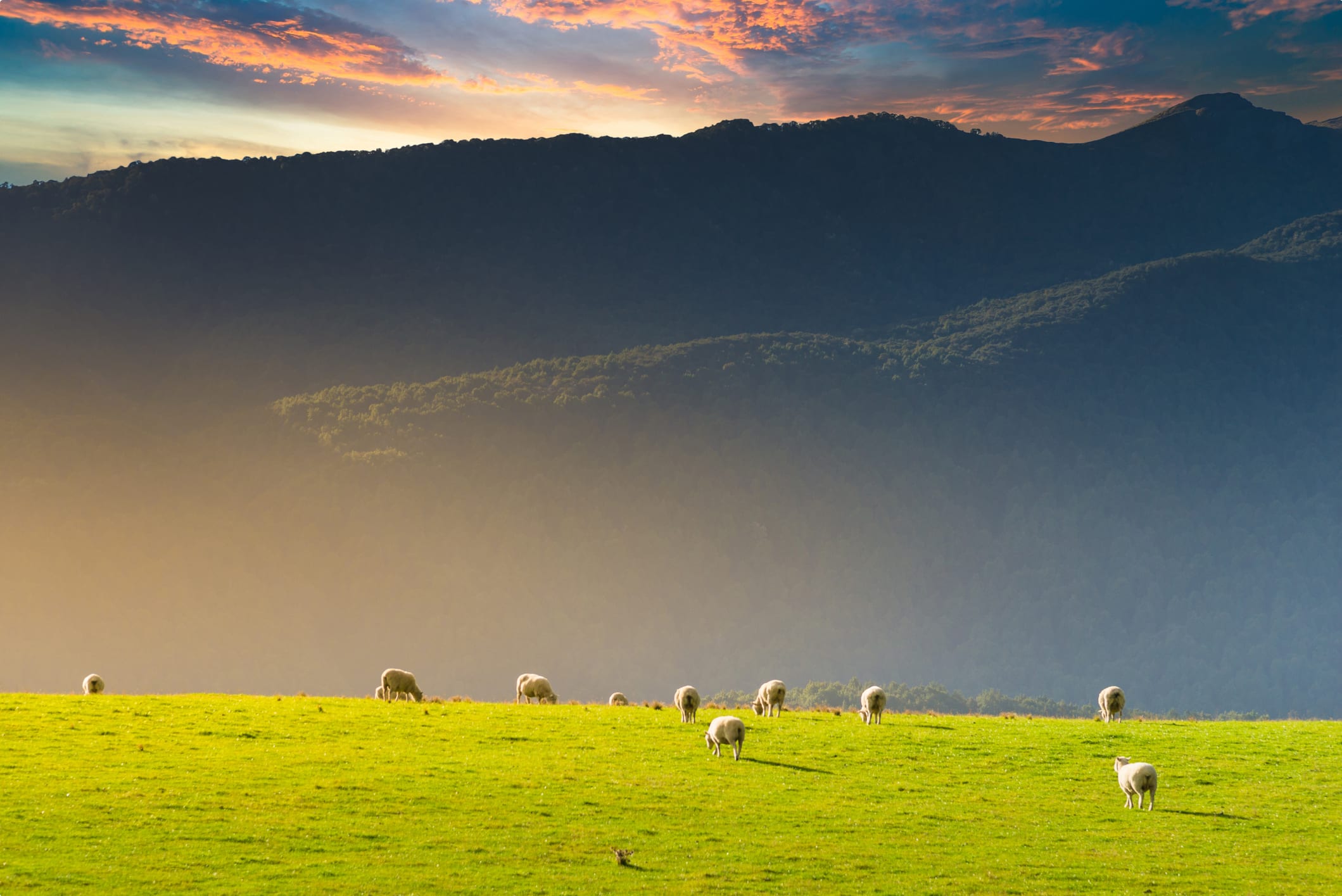
Gold Fever
The 1860s in New Zealand was dominated by the effects of the long-awaited discoveries of gold on both islands. As early as 1852 gold had been found around the township of Coromandel, but this rush was short lived, with the gold difficult and expensive to extract here. Modest quantities where then also fund at Collingwood and Aorere near Nelson in 1857. But it was not discovered in easily accessible form and quantity until the strikes that opened up the Otago goldfield in 1861, and then on the West Coast in the mid-1860s.
In Otago gold was discovered in the bed of the Mataura River in 1860 and at Lindis in 1861. The rush, however, was sparked by the young prospector Thomas Gabriel Read’s strike on the banks of the Tuapeka River near Lawrence. Here, just two and a half feet underneath gravel, Read found buried “gold shining like the starts in Orion on a dark frosty night”.
As word of the discovery spread, thousands of diggers rushed into the valley still known as Gabriel’s Gully, and soon the nearby city of Dunedin and its businesses people were raking in unheard of amounts of wealth. This wealth then brought in mercantile companies, banks, and a building boom on a monumental scale, making Dunedin New Zealand’s largest and wealthiest city. As a reward for his find and contribution to the ensuing rush and prosperity, Read eventually received a provincial prize of £1000 pounds.
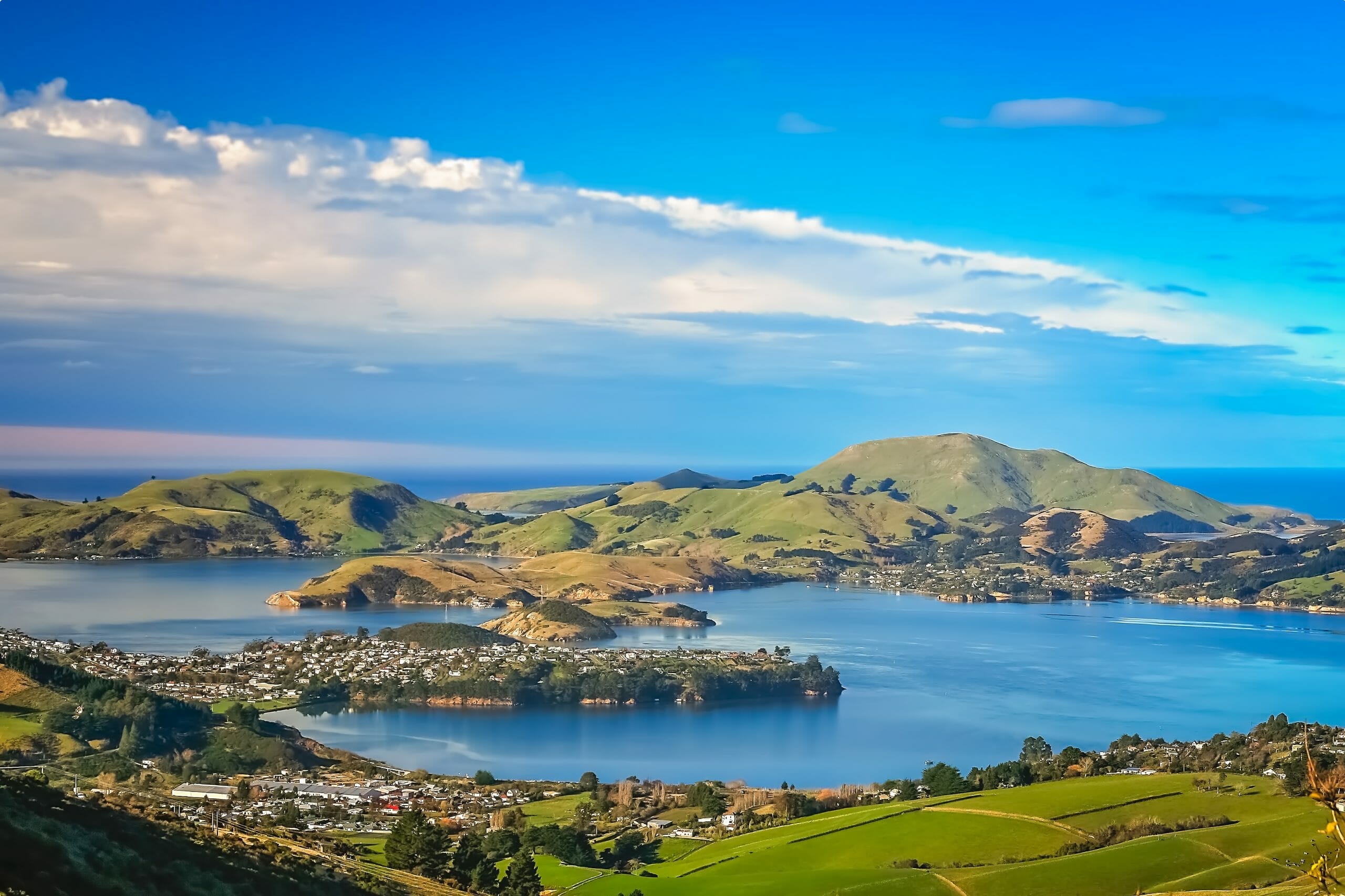
Other discoveries soon followed at Waitahuna and further afield in Central Otago, where towns sprang up literally overnight. These Otago goldfields were the most spectacularly productive, but other discoveries also occurred elsewhere throughout the decade. From the mid-1860s, a mixture of alluvial and quartz deposits was mined on the West Coast. Then from 1868, discoveries were made back on the Coromandel, this time around Thames and further afield.
As diggers poured in, the non-Māori population of New Zealand rose significantly, almost doubling in the short period between 1861 and 1864, from 98,000 to 171,000. Ten years later, it had increased by another two-thirds to reach 255,000. This included immigrants from countries not previously represented in the New Zealand population, particularly from China.
The Irish presence too increased considerably, many of whom were diggers who had followed the gold trail from California to Victoria and on to New Zealand. Their presence resulted in a demand for Irish priests and bishops to serve the country’s Catholic population, and in an eventual change in the character of the church in the country from a French institution to a largely Irish one.
In all, most prospectors failed to strike it rich, but the collective value of the gold that was discovered led to a sudden boom in production and trade, stimulating the economy and bringing prosperity to merchants, land sellers, and the farmers supplying provisions. By the close of the 1860s, the country’s earnings from gold were twice those derived from wool, which was until then the largest import.
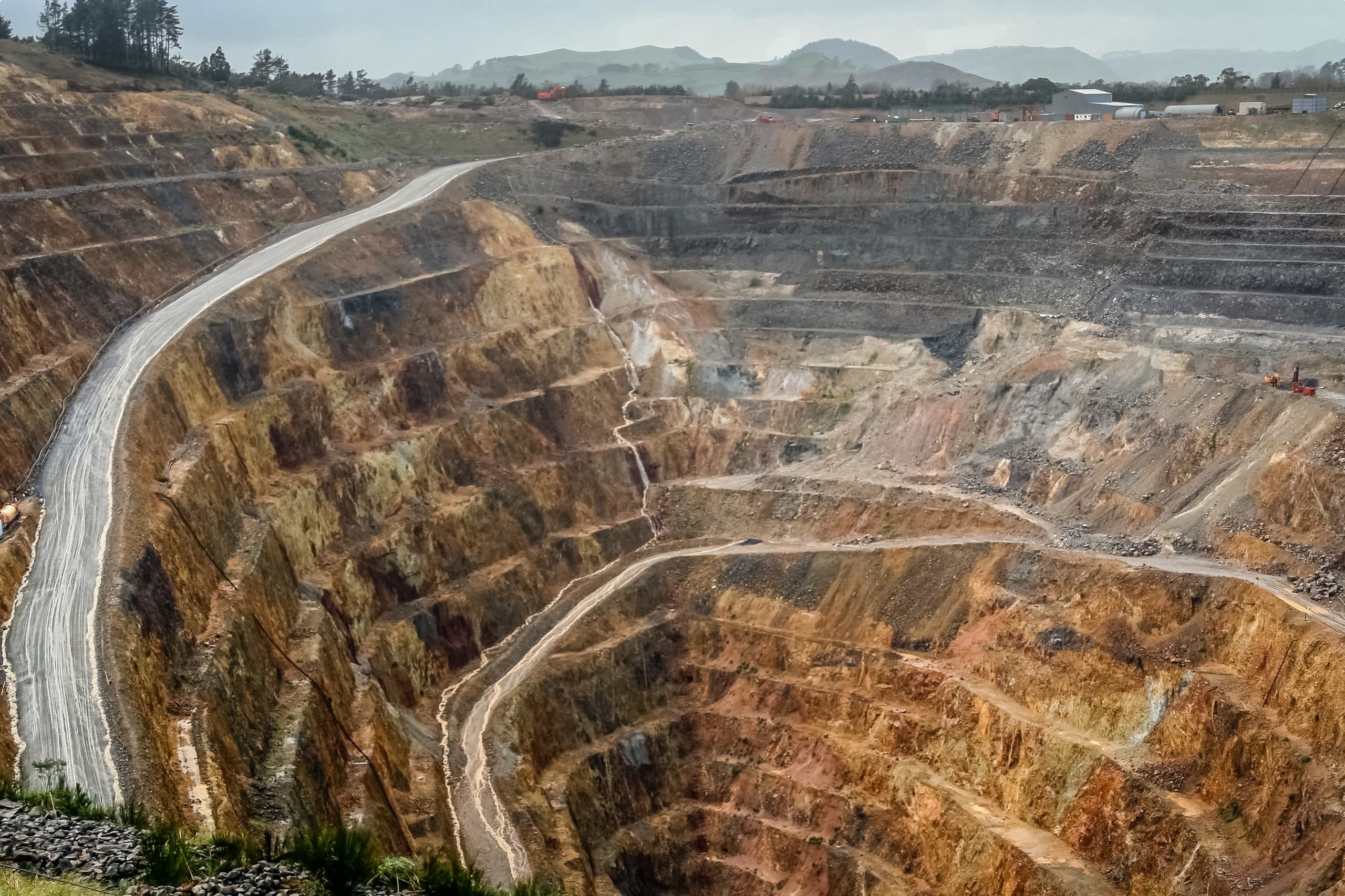
The Vogel Era
Around 1867, New Zealand lapsed into a long economic depression as a result of slipping wool prices and the peaking of gold production in 1866. The South Island was thus in need of some sort of stimulus, while the North Island was looking to develop following the ending of the wars there.
One solution was to revitalize the economy by developing the national infrastructure. Julius Vogel, who served as New Zealand’s colonial treasurer (1869-72) and then twice as premier (1873-75; 1876), believed this was only possible if New Zealand was able to attract people and capital.
In 1870, he introduced an ambitious development policy, which would be implemented over the following decade. It involved borrowing around £20 million on the London capital market to finance assisted immigration, purchase Māori land, and build 1800km of railway, 4000km of telegraph lines, and roads and public buildings.
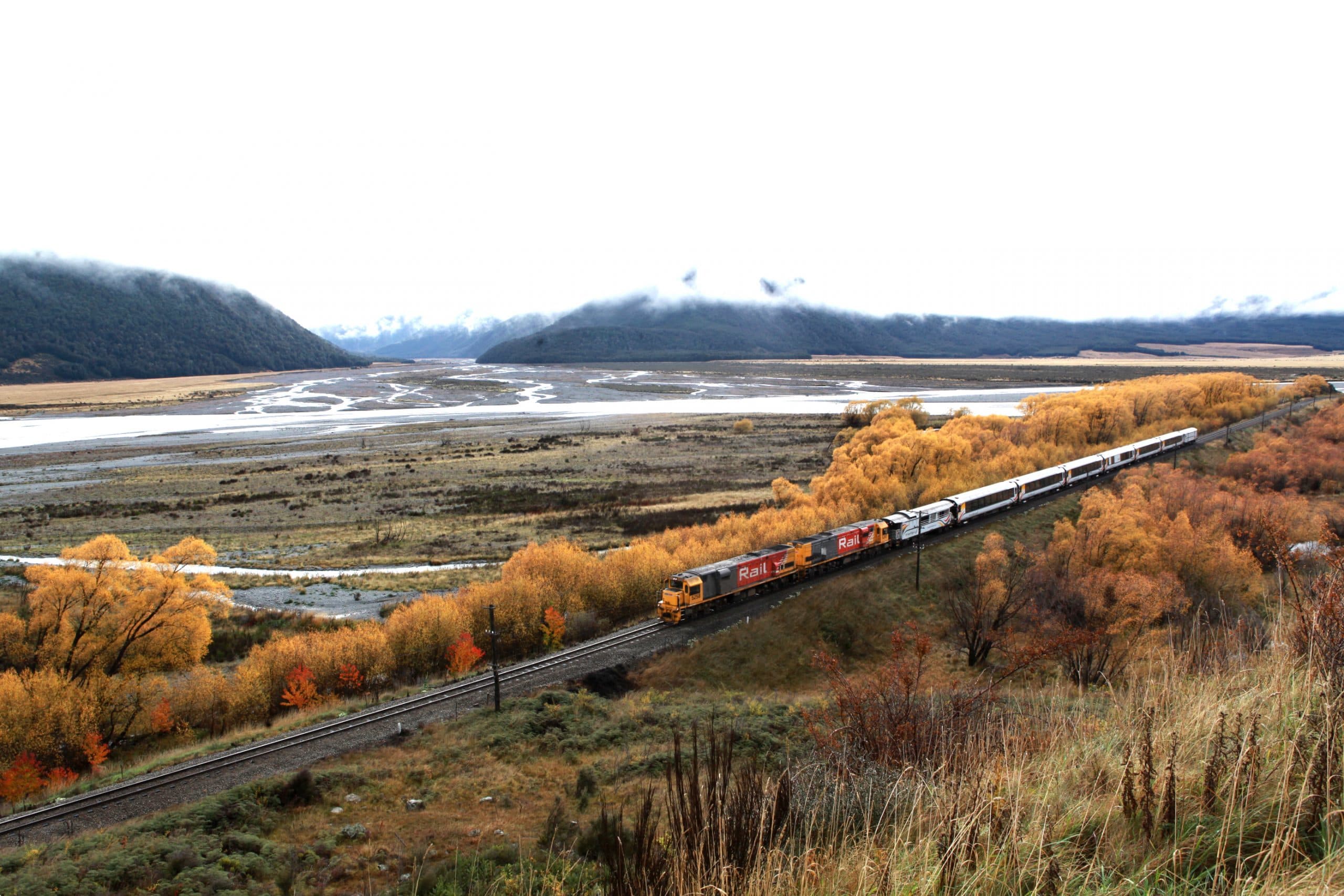
Under Vogel’s scheme of whole or partially paid assistance, immigrants flooded into the country. Over half came from England, a quarter from Ireland, and slightly fewer than that from Scotland. Just under ten per cent came from continental Europe. As a result of the immigration influx, the colony ended the decade with an almost doubled non-Māori population, soaring to 470,000.
One major object of this immigration programme was to restore a greater balance in the sex ration of the New Zealand population. The gold rush had thrown off this balance, attracting mostly men to the country. In 1871 there were 89,000 men over the age of twenty compared to 46,000 women. So, to address this imbalance, the Vogel government offered free passages to British single women.
Transport and communications were also essential to the Vogel Programme and were completely revolutionised in the 1870s and 1880s. In 1866, a telegraph cable was laid between the North and South Islands. Ten years later, a further line connected New Zealand to Australia, and from there to the wider world.
Roads and railways were extended, speeding up travel within the country and allowing wheat growers to easily transport their grain to markets within the country and to ports for export. Travel and communication via mail within the country and to overseas destinations were sped up by the introduction of steamships over this period and their connection with rail links including some that nowhere in Nelson. And finally, telephone networks were established and spread out from the urban centres from the early 1880s.
Michael King explains that these innovations helped to create a single society, or at least a single Pakeha society, as they enabled the colony’s widely scattered settlements to communicate with each other more easily. And because they allowed for more effective centralised administration, they helped to bring upon the end of provincial government, which had largely dominated political affairs since the 1850s.
The ‘Hungry Eighties’
The confidence of the Vogel era was undermined from 1879 as New Zealand slipped into an economic depression, in which it did not grow for around 16 years. This was part of a worldwide price and economic recession, exacerbated in New Zealand by falling wool prices as well as irresponsible lending by banks and the over-ambitious government borrowing of the Vogel era.
The prosperity of the mid-1870s turned out to be more of an investment boom than a solid growth of productivity. Public debt greatly increased and many people who had acquired land were left in desperate financial straits. The 1880s were thus marked by retrenchment by the government, low overseas prices for farm produce (chiefly wool and wheat), a declining gold output, and widespread unemployment in urban areas. The Mclean family are a good example of New Zealand settlers.
More women joined the workforce in an effort to contribute to family incomes but were largely exploited and evidence emerged of sweated labour and poor working conditions in a number of industries. Many people left the country in search for a better life in places like Australia.
Refrigeration Saves the Economy
Even as economic conditions were deteriorating, however, developments in refrigeration technology were laying the foundations for a brighter future. In February 1882, the first successful shipment of frozen meat to England was made on a sailing vessel from Dunedin. The vessel travelled three months to reach London with the meat in perfect condition.
This new breakthrough meant that the country had a major new export commodity in addition to wool and grain, acting as a key supplier to Britain. It took some time but by 1890 it was worth £1 million pounds a year, nearly a quarter of the value of wool exports. By 1910 this figure had risen to £3.8 million, nearly half the value of wool.
In time the ability to export large quantities of frozen meat restored confidence to an economy based on agricultural products. The new option radically changed the future of farming as sheep farmers could now raise sheep for both wool and meat, making smaller farms considerably more viable than they had been. The country’s first large-scale industrial plants – freezing works – emerged due to the need to slaughter and prepare animals for export and for wider domestic distribution. And the new trade revived ports in smaller centres such as Bluff, Omaru, Timaru, Gisborne and Napier.
Refrigeration also allowed the export of butter and cheese. Parts of Southland successfully converted to dairy immediately, with the country’s first dairy factory opening in Edendale in 1882. Other districts soon caught up, Taranaki and Waikato particularly joining Southland as the major producers of butter and cheese.
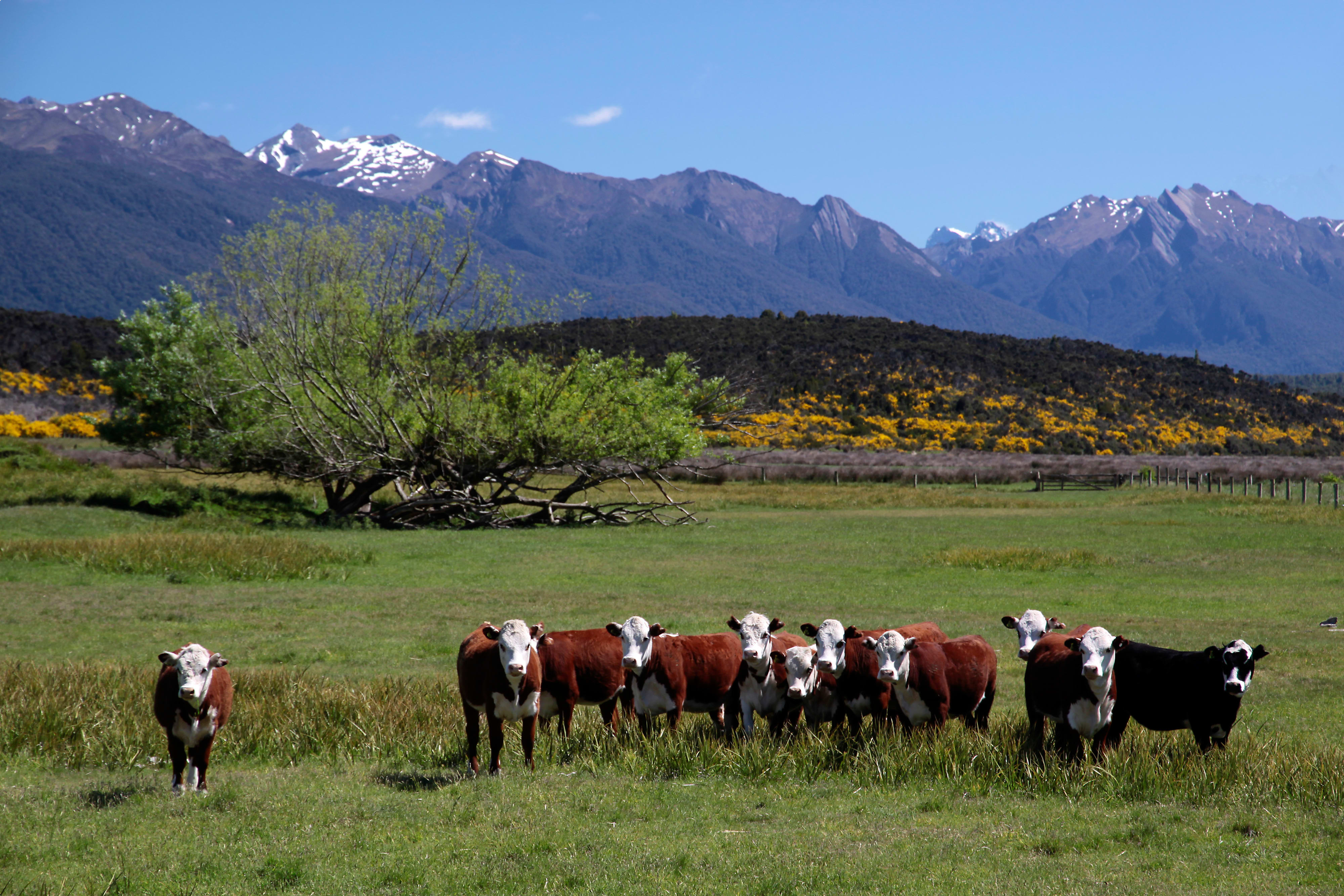
The export value of the dairy products began to rise sharply in the early 1900s, reaching nearly 45% of the country’s total exports by the early 1920s. Almost all of this produce went to Britain, firmly positioning New Zealand’s identity as ‘the Empire’s dairy farm’.
This combination of refrigeration technology and a guaranteed market in Britain would transform New Zealand, lifting the country out of its economic depression and in turn delivering to its population one of the highest living standards in the world. The path was set for the next stage of New Zealand’s history.
Small Group Tour of New Zealand’s South Island
Odyssey Traveller is pleased to introduce our new small group tour of New Zealand, focusing on the beautiful South Island. Our tour is for up to 15 people, typically mature and senior travellers joining as a couple or as solo traveller. It is will be led by an Odyssey tour guide and joined by expert local guides who will impart their knowledge about the history, Maori culture, and landscapes of places we will visit. Our itinerary gets off the beaten track, following the east coast of the South Island through to the West coast, before returning to Christchurch.
The arrival of Europeans – mostly British settlers – in New Zealand set in motion a startling and ultimately largely successful co-existence with the Maori people that will be the focus of this small group South Island tour of New Zealand.
This particular tour has periods of free time built into the itinerary, allowing you to explore each destination at your own pace, and choose from a variety of available activities. This way, we make sure that there is something to enjoy for every kind of traveller.
Odyssey Traveller has been conducting educational tours since 1983 designed for small groups of mature and senior travellers, focusing on the history, culture, wildlife, and architecture of our destinations. Our small group tours are typically between 6 to 12 people, and are cost inclusive, encompassing accommodation, attraction entries, and transport. For more information, click here, and head to this page to make a booking.
Articles about New Zealand published by Odyssey Traveller:
- Questions about New Zealand
- Foundations for democracy in New Zealand: 900s – 1945
- Definitive Guide to Auckland, New Zealand
- Wellington
- Auckland
For all the articles Odyssey Traveller has published for mature aged and senior travellers, click through on this link.
External articles to assist you on your visit to New Zealand:
Related Tours
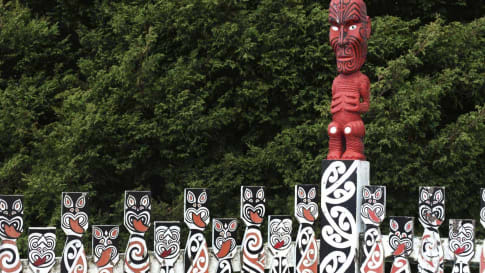
17 days
Oct, Feb, Apr, Sep, MarNew Zealand: An Odyssey Down Under
Visiting
A guided small group tour of both the North island and the South island. Your travel itinerary includes Auckland, Rotorua, Milford Sound, Queenstown and Christchurch. Maori culture also forms part of the journey to provide a memorable New Zealand tour experience.
From A$12,595 AUD
View Tour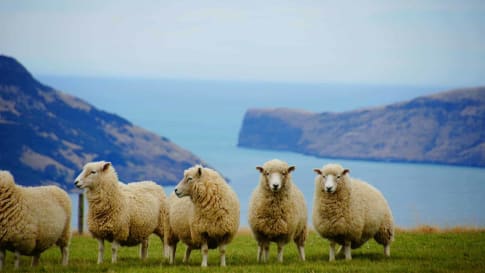
14 days
Aug, Sep, Oct, Nov, Feb +1Small group tour of New Zealand's North Island
Visiting
Escorted 13 day small group tour of the East coast of New Zealand’s North island. Off the beaten track, for like minded people curious about history, culture, wine and landscapes. Your tour director and local guides share their knowledge with you the traveller on this New Zealand tour for senior travellers.
From A$11,495 AUD
View Tour
17 days
Feb, Mar, OctSmall group tour of New Zealand's South Island
Visiting
Escorted 17 day small group tour of the West and East coast of New Zealand’s South island. Off the beaten track, for like minded people curious about history, culture, wine and landscapes. Your tour director and local guides share their knowledge with you the traveller on this New Zealand tour for senior travellers.
From A$13,365 AUD
View Tour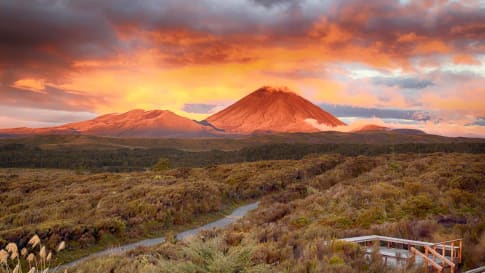
14 days
Mar, Sep, NovSmall group walking tour of New Zealand
Visiting
Escorted 14 day small group walking tour of New Zealand. Off the beaten track, for hiking fit like minded people curious about history, culture wine and landscapes.
From A$13,995 AUD
View TourRelated Articles
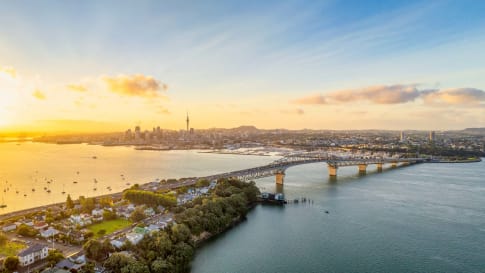
Auckland, New Zealand
Auckland, city of Sails is part of a Small group tour of New Zealand for mature and senior travellers with your partner or as a solo traveller. Explore and learn about Rotorua, Wellington or Te Anau whilst you are visiting.

Christchurch, New Zealand
Explore the sights and history of Christchurch, the largest city of New Zealand's south island. Odyssey offers small group tours for mature and senior travellers, couples, and solo travelers to sites across New Zealand.
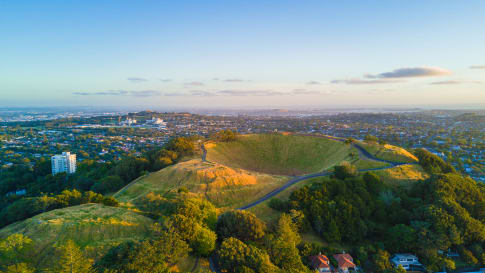
Definitive Guide to Auckland, New Zealand
Definitive Guide to Auckland, New Zealand Few cities are as geographically blessed as Auckland. While New Zealand’s largest city might be home to almost a third of the country’s total population, nature is never far…

Fiordland National Park, New Zealand
Explore the sights and wonders of Fiordland National Park, home to some of New Zealand's most stunning natural landscapes. Odyssey offers small group tours for mature and senior travellers couples and solo travelers to Fiordland and New Zealand.
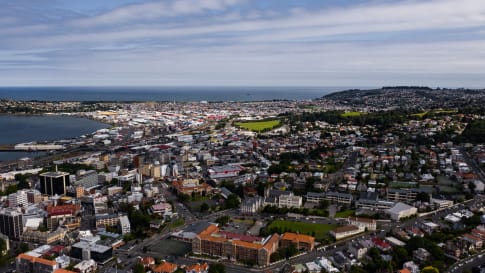
Founding Dunedin - Gold Rush
Article explores for Senior and mature traveller couples or solo travellers in a small group tour, the history of gold mining during the late 19th century rush era in Otago, a region of New Zealand located in the lower half of the South Island, the regional capital is Dunedin.
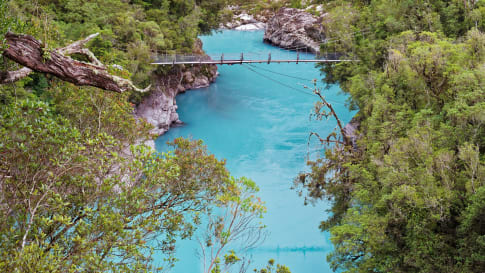
Hokitika, New Zealand
Hokitika, New Zealand The epitome of a Gold Rush ‘boomtown’, Hokitika, on the West Coast of the South Island of New Zealand is now officially known as the ‘cool little town’, an ideal gateway for…
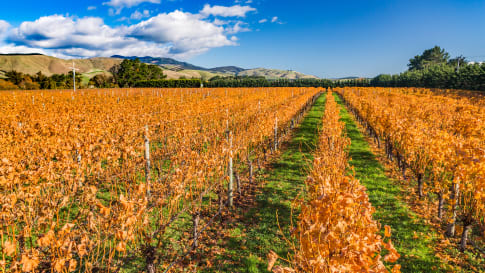
New Zealand Wine - a Story
Small group tour of New Zealand visit Chardonnay producing wineries in Gisborne, the Hawke's Bay region and Napier, famed for its Bordeaux blend reds, and in the quaint village of Martinborough, Wairarapa. Escorted educational tours for mature and senior couples and solo travellers.

Questions About New Zealand
Enjoy one of our small group tours of New Zealand for mature and senior travellers with your partner or as a solo traveller. Explore Rotorua, visit Hawke's bay and learn about wine, or Wellington or take a walk in the Fiordland National park.
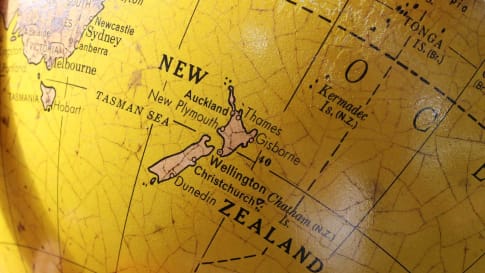
The Arrival of Europeans in New Zealand
Explore the history and legacy of early European Settlement in New Zealand. Odyssey offers small group tours for mature and senior travellers couples and solo travelers to locations across New Zealand.

The Foundations for Democracy in New Zealand (900 to 1945)
Early New Zealand: A Brief History from New Zealand is aptly named as new, as its history is very recent and only dates back a few hundred years. The Maori people were the first to…
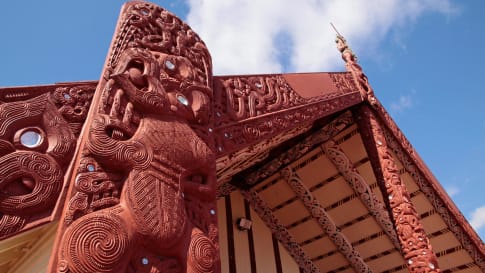
The Maori, New Zealand
Explore the history and rich heritage of the Maori people, the first and original inhabitants of New Zealand. Odyssey offers small group tours for mature and senior travellers, couples, and solo travelers to sites across New Zealand.
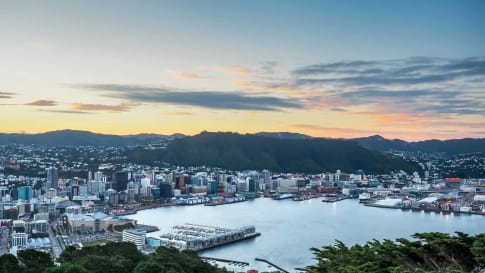
Wellington, New Zealand
Wellington is the capital of New Zealand, and the administrative centre of Wellington region, located on the south part of the North Island between Cook Strait and the Remutaka Range.

